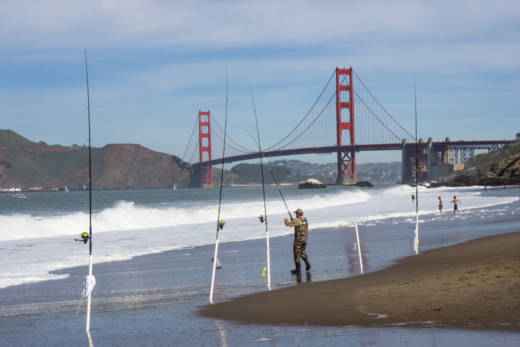A whopping 99 percent of mussels collected from the San Francisco Bay were contaminated with at least one algal toxin, while more than a third contained four different kinds of algal toxins, according to a study published in the March issue of the scientific journal, Harmful Algae.
Contamination levels were often high enough to make people and animals sick, according to researchers at the University of California, Santa Cruz. Their findings revealed that contamination levels “greatly exceeded” regulatory guidelines for multiple toxins in 2012, 2014, and 2015.
“This is the first time we’ve found all four of those toxins, including both freshwater and marine toxins, in the same mussel samples,” says lead author and ocean scientist Raphael Kudela. “A big concern is that we don’t know what happens if someone is exposed to multiple toxins at the same time.”
San Francisco Bay, where freshwwater and marine waters converge, acts as a “big mixing bowl” where toxins collect, according to the report.
Consuming algal toxins — toxic substances released by certain algae — can have detrimental health effects in people and animals. In humans, it can produce allergic reactions such as skin rashes, respiratory symptoms, gastroenteritis, even liver and kidney failure or death, according to the Environmental Protection Agency.
Although there are no commercial shellfish operations in San Francisco Bay, individuals harvest shellfish for their own consumption, according to the report. Online blogs feature some of the best locations along the bay to collect shellfish, including places where researchers say they found the highest toxin levels.
